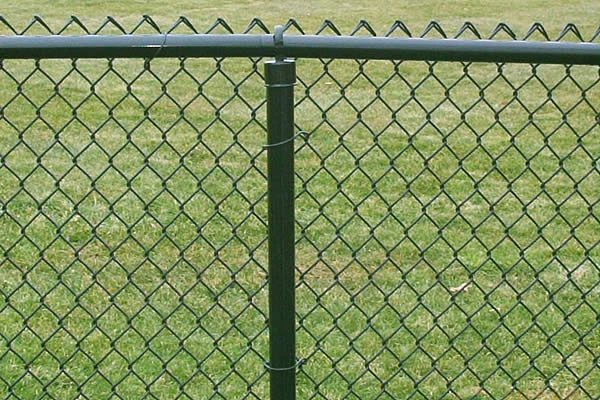 TEL:
+86-13102802206
TEL:
+86-13102802206
 Email:
fencenetting@china.com
Email:
fencenetting@china.com
 Language
Language
 TEL:
+86-13102802206
TEL:
+86-13102802206
 Email:
fencenetting@china.com
Email:
fencenetting@china.com
 Language
Language


Temporary Construction Panels A Versatile Solution for Modern Construction
In the fast-paced world of construction, efficiency, adaptability, and safety are of paramount importance. Temporary construction panels have emerged as a critical component in achieving these objectives. These panels, designed for short-term use, facilitate a variety of projects ranging from building renovations to large-scale construction sites. By understanding their utility, benefits, and applications, we can appreciate the pivotal role they play in modern construction.
What are Temporary Construction Panels?
Temporary construction panels are lightweight, easily portable structures used to create barriers, partitions, or protective enclosures on construction sites. Typically made from materials such as plywood, metal, or composite materials, these panels are engineered for durability while remaining easy to handle and install. Their primary purpose is to provide safety, security, and organizational structure in environments that are often chaotic and dynamic.
Key Benefits
One of the most significant advantages of temporary construction panels is safety. These panels act as barriers to protect workers and the public from potential hazards, such as falling debris or the open areas of construction sites. Moreover, they can also help control access to certain parts of the site, ensuring that only authorized personnel can enter hazardous zones.
Additionally, these panels play a vital role in promoting cleanliness and organization on the construction site. By providing designated areas for specific tasks or materials, they help minimize clutter, reducing the risk of accidents and streamlining workflows. This organizational aspect can lead to increased productivity, as workers spend less time navigating through disorganized spaces.
Versatile Applications

Temporary construction panels are incredibly versatile and can be adapted for various applications. In residential projects, they are commonly used to create temporary walls during remodeling or renovation work. This helps isolate construction areas, allowing homeowners to continue living in their homes without significant disruption.
In larger commercial projects, these panels can enclose entire sections of a site, providing a secure environment for workers and equipment. They are often employed during extensive renovations of commercial buildings, ensuring minimal disturbance to the business operations of neighboring establishments. Additionally, temporary panels can serve as advertising spaces, allowing construction companies to promote their services while simultaneously maintaining an aesthetic appearance during project execution.
Environmental Considerations
In today's construction industry, sustainability is a growing concern. Temporary construction panels have made strides in this area as well. Many manufacturers now offer eco-friendly options, utilizing materials that are recyclable or sourced from sustainable practices. Additionally, the temporary nature of these panels means that they can be reused across multiple projects, significantly reducing waste and resource consumption.
Installation and Compliance
The installation of temporary construction panels is generally straightforward, requiring minimal tools and expertise. However, it is essential for construction managers to ensure that these panels comply with local safety regulations and building codes. Proper installation safeguards not only the workers on-site but also the integrity of the surrounding community.
Conclusion
In conclusion, temporary construction panels are an essential asset in the construction industry. By enhancing safety, promoting organization, and offering versatility in application, they significantly contribute to the overall efficiency of projects. With the added benefits of sustainability and ease of installation, these panels are poised to remain a vital component in the toolkit of modern construction practices. As the industry continues to evolve, temporary construction panels will undoubtedly adapt, further enhancing their role in creating safer and more efficient construction environments.